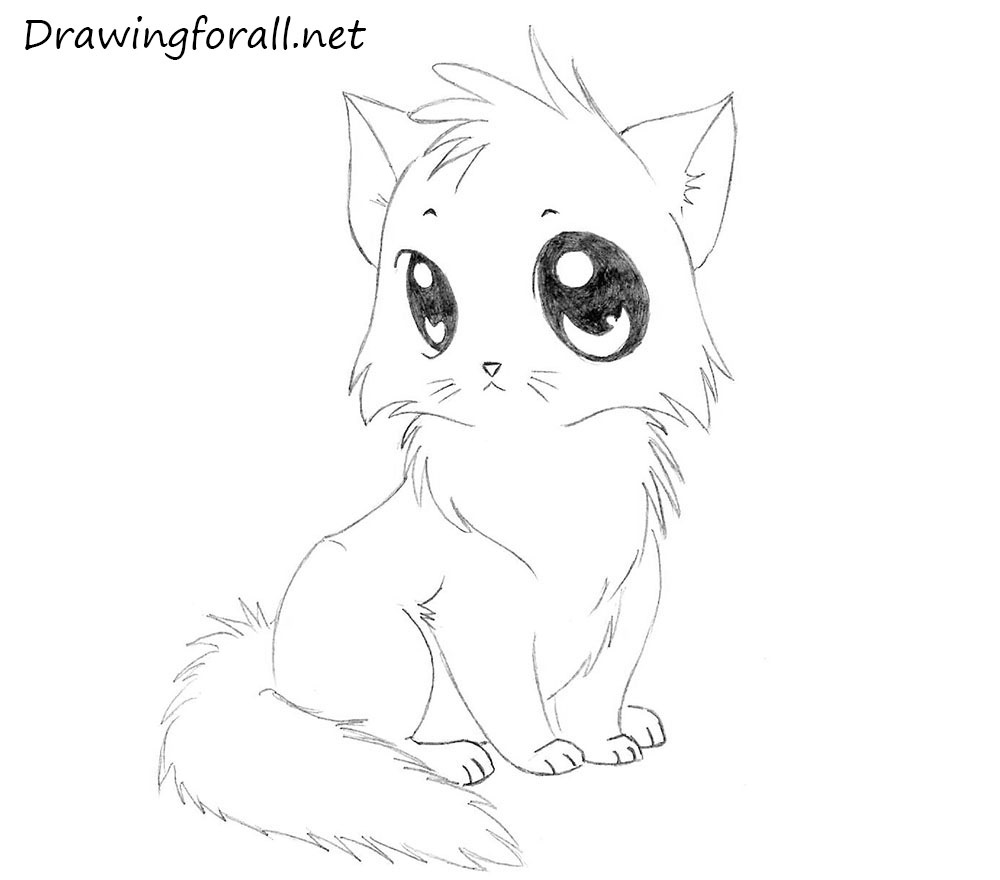

Qi L, Zhou Z, Yu J, Liu Q (2017) Data-Sparsity Tolerant Web Service Recommendation Approach Based on Improved Collaborative Filtering. In: Proceedings of IEEE international conference on image processing, pp 3944–3948 Yu H, Liu D, Shi H, Yu H, Wang Z, Wang X, Cross B, Bramler M, Huang TS (2017) Computed tomography super-resolution using convolutional neural networks. IEEE Comput Gr Appl 1(2):56–65Ĭhen Y, Shi F, Christodoulou AG, Zhou Z, Xie Y, Li D (2018) Efficient and accurate MRI super-resolution using a generative adversarial network and 3D multi-level densely connected network, CoRR, arXiv:1803.01417Ĭhaudhari AS, Fang Z, Kogan F, Wood J, Stevens KJ, Gibbons EK, Lee JH, Gold GE, Hargreaves BA (2018) Super-resolution musculoskeletal MRI using deep learning. 320–329įreeman WT, Jones TR, Pasztor EC (2002) Example-based super-resolution. Qiao J, Liu J, Sun G (2005) “A VQ-based blind super-resolution algorithm,” In: International Conference on Intelligent Computing, pp. Stark H, Oskoui P (1989) High-resolution image recovery from image-plane arrays, using convex projections. Schultz RR, Stevenson RL (1996) Extraction of high-resolution frames from video sequences. In: 2009 16th IEEE international conference on image processing (ICIP), pp 2797–2800 Int Conf Pattern Recogn 2:115–120īelekos SP, Galatsanos NP, Babacan SD, Katsaggelos AK (2009) Maximum a posteriori super-resolution of compressed video using a new multichannel image prior. Irani M, Peleg S (1990) Super resolution from image sequences. CVGIP Gr Models Image Process 53(3):231–239 Irani M, Peleg S (1991) Improving resolution by image registration. IEEE Trans Acoust Speech Signal Process 29(6):1153–1160 Keys R (1981) Cubic convolution interpolation for digital image processing. Lian QS, Zhang W (2012) Image super-resolution algorithms based on sparse representation of classified image patches. Jinghong Z, Cui Z, Jianjun Z, Donghao F (2015) A method of super-resolution reconstruction for remote sensing image based on non-subsampled contourlet transform. IEEE Trans Pattern Anal Mach Intell 26(1):83–97 Lin Z, Shum HY (2004) Fundamental limits of reconstruction-based superresolution algorithms under local translation. In: 2015 IEEE international conference on image processing (ICIP), pp 58–62 Physica D 60(1–4):259–268īatz M, Eichenseer A, Seiler J, Jonscher M, Kaup A (2015) Hybrid super-resolution combining example-based single-image and interpolation-based multi-image reconstruction approaches. Rudin LI, Osher S, Fatemi E (1992) Nonlinear total variation based noise removal algorithms. Su H, Zhou J, Zhang ZH (2013) Survey of super-resolution image reconstruction methods. Schmidhuber J (2015) Deep learning in neural networks: an overview. In: Proceedings of IEEE conference on computer vision and pattern recognition (CVPR), pp 770–778 He K, Zhang X, Ren S, Sun J (2016) Deep residual learning for image recognition. Yamanaka J, Kuwashima S, Kurita T (2017) Fast and accurate image super resolution by deep CNN with skip connection and network in network. Lecun Y, Bengio Y, Hinton G (2015) Deep learning. The comparison results show that our proposed network has better advantages in super-resolution image reconstruction. In terms of experiments, we conduct an objective and subjective comprehensive evaluation with several state-of-the-art methods. The bulk specification layer in the commonly used residual network is removed to construct a new type of residual network.

#Superdraw ct drawing 2018 generator#
Four types of loss functions are presented to build a new one for enforcing the mappings between the generator and discriminator. We also apply a parallel 1 × 1 convolution operation to reduce the dimensionality of each hidden layer’s output. We use a deep unsupervised network of 16 residual blocks to design the generator and build a discriminator based on a supervised network. In this paper, a new semi-supervised generative adversarial network is presented to accurately recover high-resolution CT images from low-resolution counterparts. However, high-resolution images are often limited to access due to CT performance and operation factors. Reconstruction of super-resolution CT images using deep learning requires a large number of high-resolution images.


 0 kommentar(er)
0 kommentar(er)
